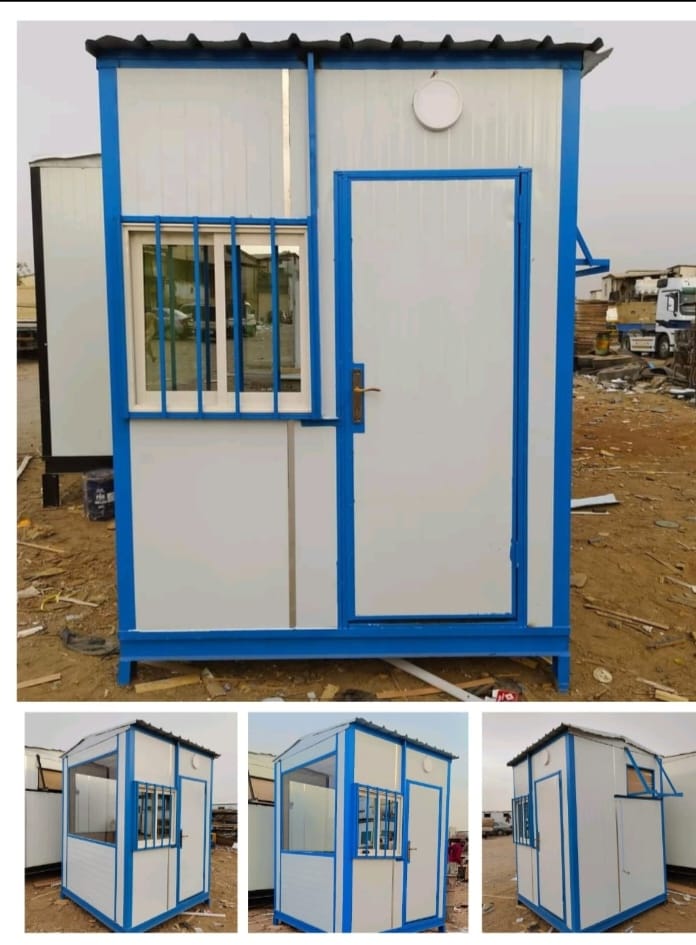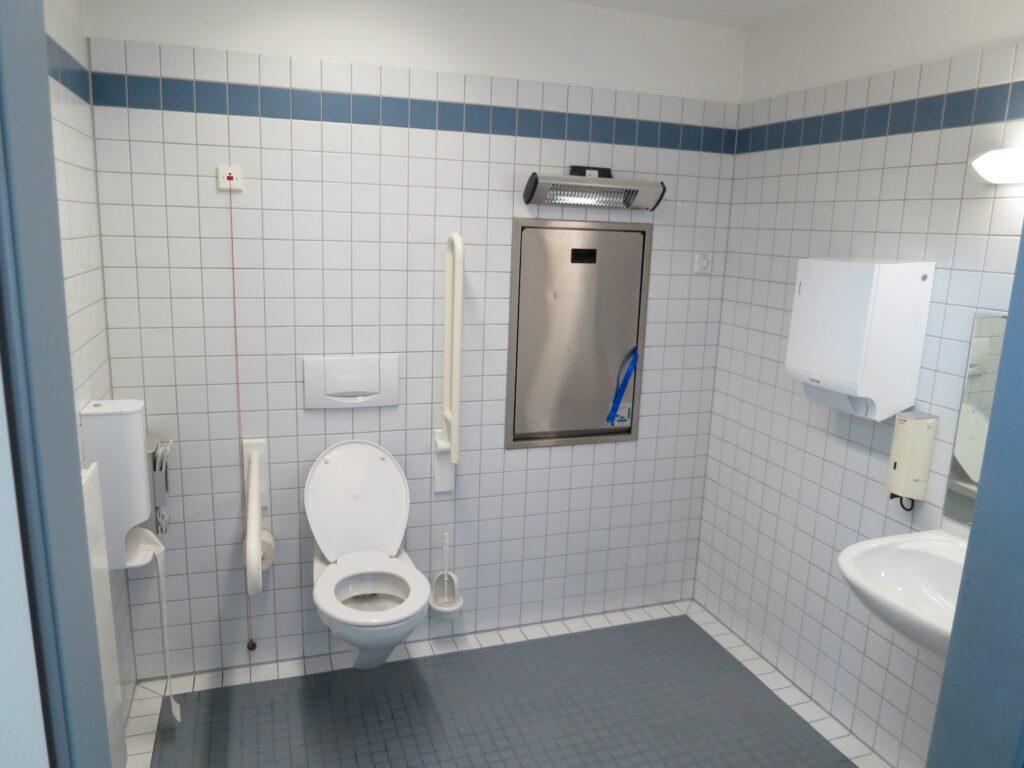Composting Toilet For Cabin
composting toilet for cabin: A composting toilet is a type of dry toilet that treat human wastes through a biological process called composting.
This process results in the breakdown of organic matter, transforming human waste into compost-like material. Composting is carried out by microorganisms (primarily bacteria and fungi) under controlled aerobic conditions.
Most composting toilets do not use water for flushing and are therefore called “dry toilets”.
This also improves the carbon-to-nitrogen ratio and reduces any odors.
Composting toilet systems
Most composting toilet for cabin systems are based on mesophilic composting. A longer residence time in the composting chamber also promotes the death of pathogens.
The finished product can also be transferred to a secondary system – usually another composting stage – to allow more time for mesophilic composting to further reduce pathogens.
Composting toilets, along with the secondary composting step, produce a humus-like end product that can be used to enrich the soil if local regulations allow.
Some composting toilets have a urine drainage system in the toilet bowl to collect urine separately and manage excess moisture.
A worm filter toilet is a flushing composting toilet that uses earthworms to encourage decomposition into compost.
Unlike flush toilets, composting toilets do not require connection to septic tanks or sewage systems.
Applications for Composting Toilet For Cabin
Some of the most common applications for composting toilet for cabin include national parks, remote vacation homes, ecotourism resorts, off-grid homes, and rural areas in developing countries.
Want to learn more about composting toilets?
Here at WooWoo Waterless Toilets, we sell different types of composting toilets, all of which work in slightly different ways.
Before we get into that, let’s first understand some basic concepts that will help explain the differences between toilets…
Our very own composting toilet guru Martin explains it all for you:
And just because they are waterless doesn’t mean they are composting or composting toilets – there are also incinerator and freezer toilets!
I’ve broken down the explanation into a discussion of the differences between “composting or composting”, separating or not separating and finally odour control.
Composting
Composting toilet for cabin: Although you often hear the terms “composting toilet” and “composting toilet” used interchangeably, there is a subtle but important difference between the two.
A composting toilet is typically a collection unit/container that temporarily holds contents that are then treated or composted outside the toilet, whereas a composting toilet does the composting within the toilet itself.
A composting toilet is therefore half of a composting system (the other half being the compost bin or processing system).

Some composting toilets, such as most models in the Separett and Air Head ranges, are compact and can easily be installed directly on the ground in domestic spaces (no need to dig underground chambers or deep pits).
However, depending on use, they will need to be emptied regularly. Others, such as the Kazuba range, are much larger and can therefore last six months or longer between servicing/draining depending on use.
Separett Villa composting toilet installed in luxury cabin. Photo and installation by Adrift Conversions.
As they do not compost in the toilet itself, most of our composting toilets do not require any additions at the time of use
They are incredibly easy to use. A composting toilet, such as the WooWoo GT range, absorbs the raw materials (feces, urine, toilet paper) and facilitates the entire composting process in the toilet tank.
This usually means that the container is much larger than most composting toilets, which can make installation and placement more complex.
Advantages of a Composting Toilet
The advantage of a composting toilet is that the operator or owner of the system only processes the compost as an end product, i.e. WooWoo GT LUX composting toilet.
The LUX has a non-separable porcelain base. Pictured at Caelal camping. WooWoo GT 330 composting toilets installed in a purpose-built cabin in Finnebrogue Woods.
To facilitate the composting process in a composting toilet, a carbon source must be added.
This usually takes the form of fine wood chips, which can be added by the user at the time of use or by the owner/operator on a regular basis.
The composting toilets in our range include: ·
Separett Villa and Villa Extend ·Air head ·Kazuba
The composting toilets in our range include: ·WooWoo GT and WooWoo GT LUX Urine-separating or non-urine-separating
Urine separation or diversion is achieved through a special design of the toilet bowl (known as a urine separator or UDT – Urine Diverting Toilet).
Principal
They work on the principle that when you sit on the toilet, urine always flows forward in the bowl so that it can drain away and be treated separately and unhindered by the stool in composting toilet for cabin.
Since cross-contamination does not occur, clean urine is generally sterile and can be drained into the ground via an infiltration pit or greywater drain for easy disposal.
Or you can collect urine and use it as free fertilizer, diluted with water in a ratio of 10:1. Urine represents approximately 80% of the amount of “waste” that the body excretes.
This means that the toilet’s solids collection area (feces) only needs to absorb and store the remaining 20%, making it take longer to empty and therefore generally easier to handle.
Air Head composting toilet with urine separation design.
Separett Villa composting toilet
The blue extinguishing screen hides the solids container. WooWoo GT LUX porcelain, non-separable base.
The trade-off with a single-luggage toilet is that users must sit down so that liquids and solids can be properly separated.
While this is fine in low-use environments in the home and outside the home, accidental misuse can occur, which is why uncoupled models are often preferred in high-traffic and public installations.
Non-separable toilets make the user experience easier because there is no need to sit down or assume a specific position.
However, collecting liquids and solids together means that the toilet’s collection area must be significantly larger than a urine-diverting toilet.
The separate toilets in our range include: ·Separett Privy 500 and Privy 501 ·Separett Villa and Villa Extend ·Air Head Standard and Air Head Compact
The non-separated toilets in our range include:
WooWoo GT and WooWoo GT LUX ·Kazuba (all models) Odour control Odour control is best achieved through effective ventilation, among other things.
They work together to make the user experience pleasant and odor-free.
Some of our larger, higher capacity models (WooWoo GT and Kazuba) use wind-driven fans to create airflow that removes odours and excess moisture.

The Kazuba KL2 has a black ‘chimney’ and rotating wind valve for odour control and liquid evaporation
Smaller toilets such as the Separett and Air Head use low voltage, low power electric fans to pull or force air through the ventilation pipe, to remove odors and excess moisture.
With the WooWoo GT, the action of naturally occurring, odour-eating composting bacteria is promoted through the design and function of the toilet, along with the addition of a carbon-based cover material
It naturally eliminates most bad odours while the rest is removed through the ventilation system.